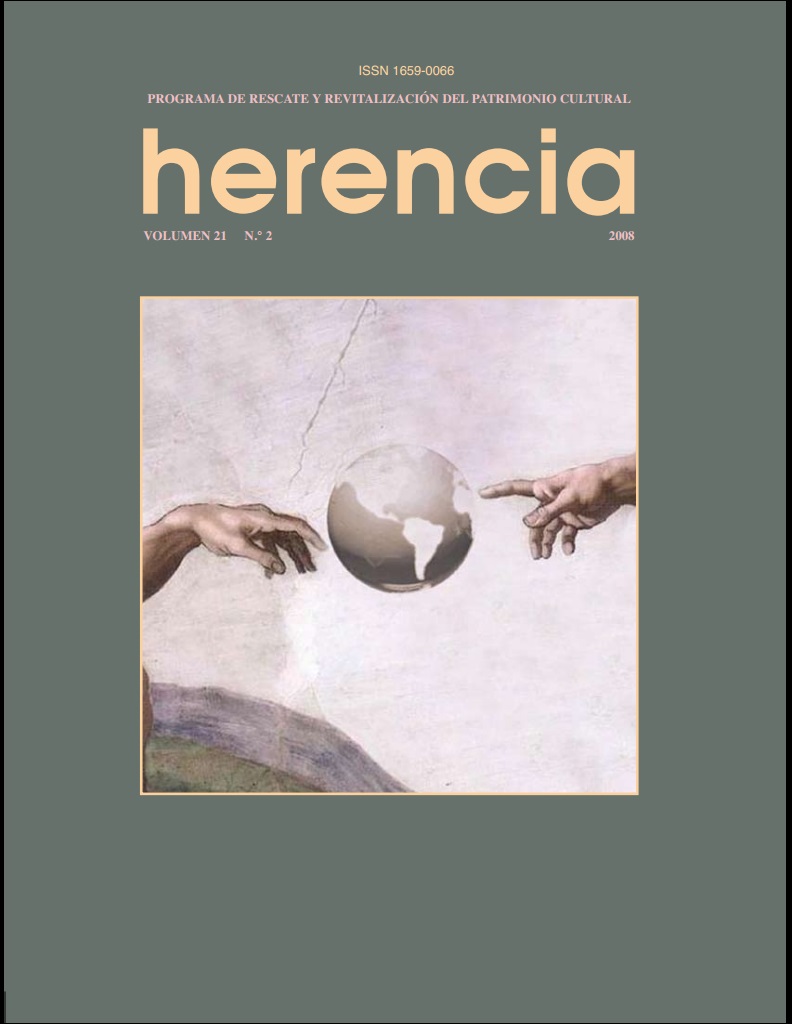Abstract
Young people that live in poverty are the object of a series of stigmatizations in particular: place of residence, being poor, spending their leisure time on a corner in the street, being part of a gang, vagrancy and religious affiliation, among others. This article analyses how youth respond to these stigmata by translating them to other groups, conceiving them or transforming them into emblems, and, therefore, into symbolic resources upon which their identities are built and allow youth to face survival in urban surroundings characterized by deficient housing conditions, a difficulty in access to employment and education, public insecurity, violence and fears##plugins.facebook.comentarios##
Downloads
Download data is not yet available.

